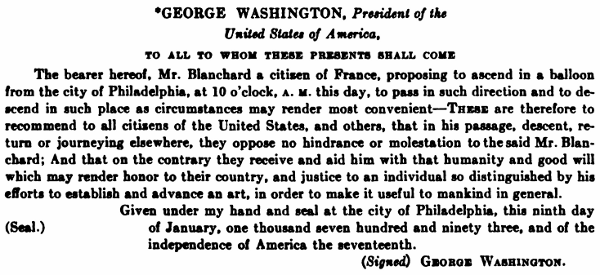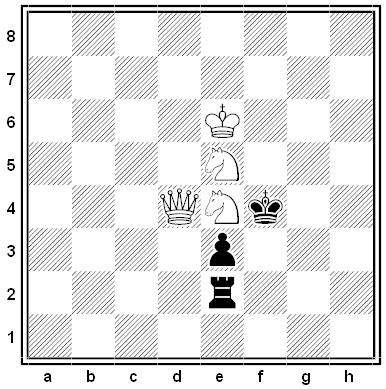Harry Mathews devised this Möbius equivoque. Write this stanza on one side of a strip of paper:
I’d just as soon lose my mind
If your fondness for me lasts
I’d abandon all female charms
As long as I stay dear to you
One could seed one’s petunias
Among humdrum city flowerbeds
Igniting ice is likelier than
Our remaining snugly together
Turn the strip over lengthwise and write this stanza on the other side:
if your desire turns elsewhere
my dream of love might come true,
if you say I’m past caring for,
my deepest wish will be granted.
in distant regions of the skies,
the stars could make their way —
separating, whatever the pretext,
alone can keep my world intact.
Give the strip a half twist and glue the ends together. Now the poem reads:
I’d just as soon lose my mind if your desire turns elsewhere
If your fondness for me lasts my dream of love might come true,
I’d abandon all female charms if you say I’m past caring for,
As long as I stay dear to you my deepest wish will be granted.
One could seed one’s petunias in distant regions of the skies,
Among humdrum city flowerbeds the stars could make their way–
Igniting ice is likelier than separating, whatever the pretext,
Our remaining snugly together alone can keep my world intact.
See Another Equivoque.








